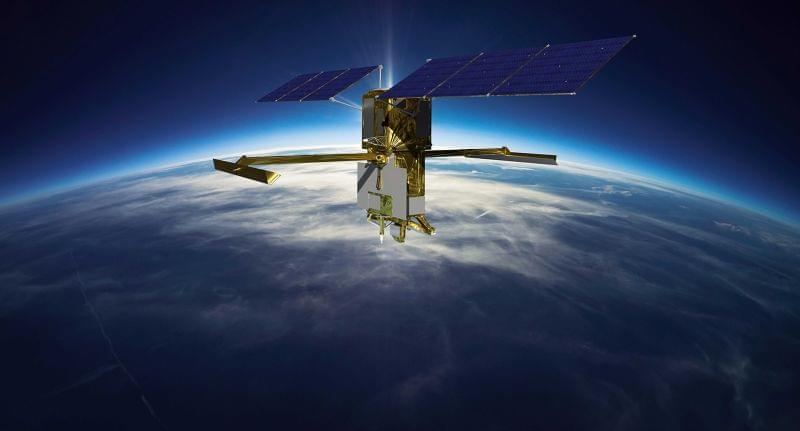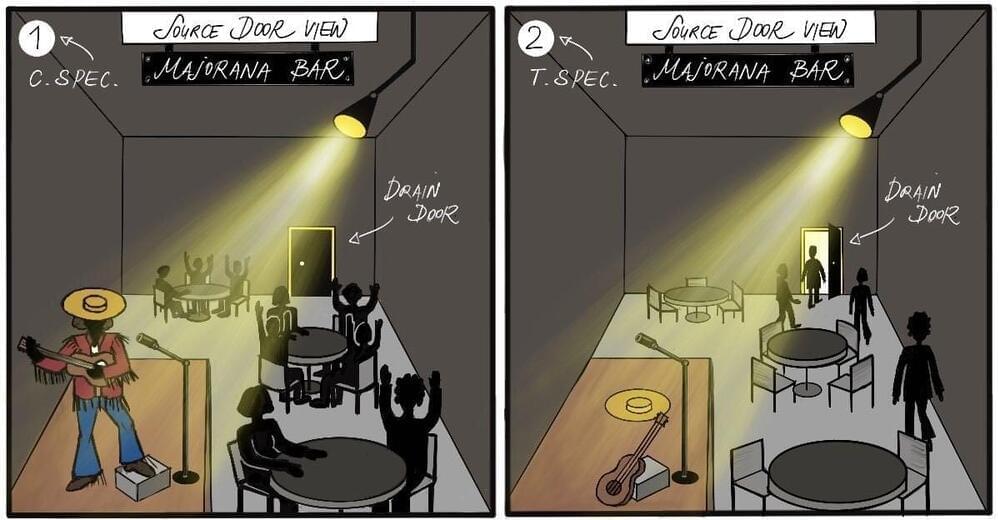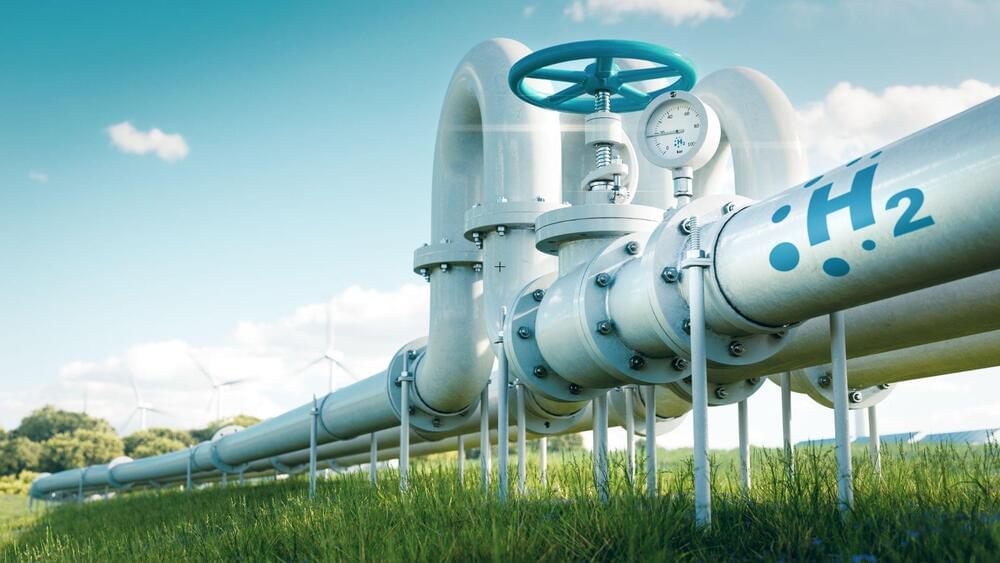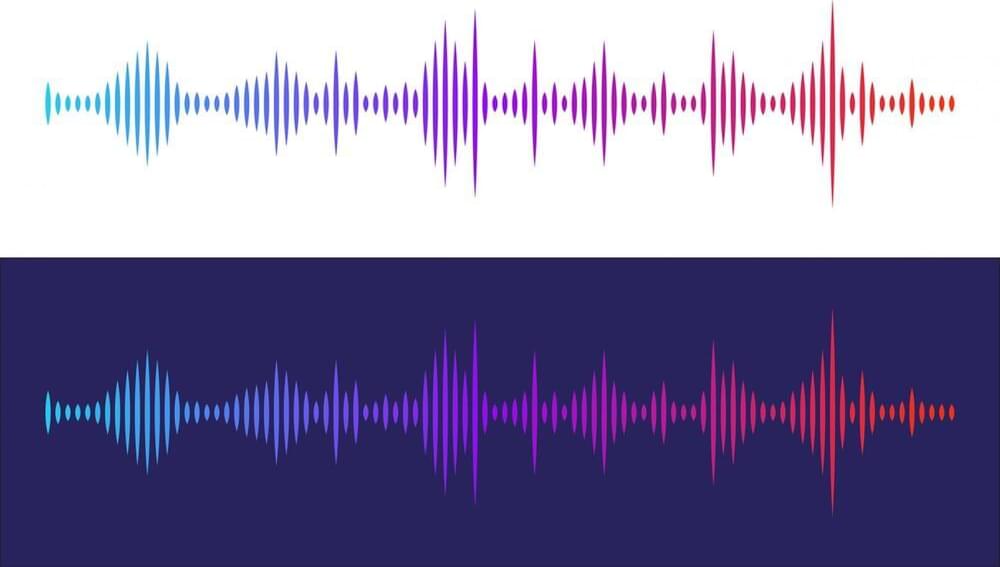A recent study identified a non-insulin-related protein that can activate the human insulin receptor, which could lead to the development of an insulin-mimicking oral pill and replace the need for daily injections to treat diabetes.
The first mission to survey nearly all of the water on Earth’s surface has launched.
The international Surface Water and Ocean Topography mission, known as SWOT, lifted off aboard a SpaceX Falcon 9 rocket from Vandenberg Space Force Base in California at 6:46 a.m. ET on Friday. The first stage of the rocket successfully landed back on Earth at 6:54 a.m. ET.
Live coverage began on NASA’s website at 6 a.m. ET.
The most common particles are electrons and photons, which are understood to be examples from the great families of fermions and bosons, to which all other particles in nature belong. But there is another possible category of particles, the so-called anyons. Anyons are predicted to arise inside materials small enough to confine the electronic state wave function, as they emerge from the collective dance of many interacting electrons.
One of these is named Majorana zero mode, anyonic cousins to the Majorana fermions proposed by Ettore Majorana in 1937. Majoranas, as these hypothetical anyons are affectionally called, are predicted to exhibit numerous exotic properties, such as simultaneously behaving like a particle and antiparticle, allowing mutual annihilation, and the capability to hide quantum information by encoding it nonlocally in space. The latter property specifically holds the promise of resilient quantum computing.
Since 2010, many research groups have raced to find Majoranas. Unlike fundamental particles, such as the electron or the photon, which naturally exist in a vacuum, Majorana anyons need to be created inside hybrid materials. One of the most promising platforms for realizing them is based on hybrid superconductor-semiconductor nanodevices. Over the past decade, these devices have been studied with excruciating detail, with the hope of unambiguously proving the existence of Majoranas. However, Majoranas are tricky entities, easily overlooked or mistaken with other quantum states.
Many investors are jumping to inject money into the startup.
Bill Gates and Jeff Bezos-backed foundations (Gates Frontier and Bezos Expeditions) have joined other companies in investing $75 million in Synchron, the endovascular brain-computer interface (BCI) company, according to a press release by the organization published on Thursday. This is a Series C financing round led by ARCH Venture Partners that brings the total amount raised since inception to $145 million.
Many investors on board.
Additional companies investing are Reliance Digital Health Limited, Greenoaks, Alumni Ventures, Moore Strategic Ventures, and Project X join ARCH as new additional investors.
Synchron through Business Wire.
The funding will serve to support and promote the development of Synchron’s first platform product (Synchron Switch BCI), as well as the beginning of a pivotal clinical trial.
The team has successfully tested a sustainable membrane-based seawater electrolyzer.
A research team in China has developed a device to split salty seawater to produce hydrogen directly. The device, a membrane-based seawater electrolyzer, helps address the side-reaction and corrosion problems of traditional methods.
Why traditional methods are not sustainable.
Petmal/iStock.
The team led by Zongping Shao, a chemical engineering professor at China’s Nanjing Tech University, has published their study in the journal Nature and claimed that their model “ran for over 3,200 hours under practical application conditions without failure”.
Powered by Linux, this will be an open-source initiative.
PressureUA/iStock.
Other tech companies, such as Microsoft as well as Apple, have attempted to break this dominance but have fallen exceedingly short of user expectations. Even though Google Maps are not 100 percent accurate, it is the best available product out there, and now major technology companies want to take on the beast together.
DALL-E 2 transformed the world of art in 2022.
DALL-E is a system that has been around for years, but its successor, DALL-E 2, was launched this year.
Ibrahim Can/Interesting Engineering.
DALL-E and DALL-E 2 are machine-learning models created by OpenAI to produce images from language descriptions. These text-to-image descriptions are known as prompts. The system could generate realistic images just from a description of the scene. DALL-E is a neural network algorithm that creates accurate pictures from short phrases provided by the user. It comprehends language through textual descriptions and from “learning” information provided in its datasets by users and developers.
The drone is highly maneuverable, with a flight time of five hours and an operational altitude of 35,000 feet, as per the defense company.
Turkey’s first jet-powered uncrewed aerial combat vehicle (UCAV), Kizilelma, “Red Apple,” has completed its inaugural flight, as per the country’s lead defense manufacturer.
The makers of this new combat ariel vehicle, Baykar (a Turkish defense company), posted the test results via social media on Wednesday.
This technology will not only extend the lifespan of concrete structures, but also promote a circular economy.
Sewer pipe corrosion, or crown corrosion, occurs when sewage pipe material comes into contact with sulphuric acid. The aging pipe material corrodes, and the pipes crack. Over the past few years, engineers have developed sewer bots to inspect sewage pipes and go to places unsafe for humans.
Professor Yan Zhuge, an engineering expert at the University of South Australia, is trialing a novel solution.
Vladimir Zapletin/iStock.
But that also means the robots would have to go to places where existing wireless communications cannot reach them. Hurdles are aplenty.
Tweaks to the system have fine-tuned images of spectrograms.
Stable Diffusion has been tweaked to include an update to its AI routines to include a fine-tuning of the images of spectrograms that are paired to text. Now they are able to generate more precise sounds. The team calls their version of the stable diffusion model, Riffusion.
All the Stable Diffusion features remain.
Merovingian/iStock.
There is audio processing, also but that happens later in the cycle or downstream of the model.









